Dental 3D Scanner vs Which to Choose
2024-07-01
2025-10-25
In the fast-paced world of digital dentistry, sintering remains a cornerstone process for fabricating high-quality zirconia restorations, crowns, and bridges. Whether you're milling zirconia blocks for a same-day smile makeover or producing batches for a busy clinic, the choice between fast sintering and traditional sintering can make or break your lab's efficiency, quality, and bottom line.
As dental labs evolve with CAD/CAM workflows and patient demands for quicker turnarounds, understanding these two approaches is crucial. Fast sintering promises rapid results—think 40 minutes per cycle—while traditional sintering prioritizes precision and reliability over speed. But which is right for your dental lab? In this guide, we'll break down the differences, pros, cons, and real-world applications to help you decide. We'll also touch on innovative tools like those from Yucera, whose dental furnace lineup exemplifies both methods without overwhelming the conversation.
By the end, you'll have the dry goods—data, comparisons, and tips—to optimize your sintering strategy for 2025 and beyond. Let's dive in.
Traditional sintering has been the gold standard in dental labs for decades. It involves gradually heating zirconia or ceramic materials in a controlled furnace to fuse particles into a dense, durable structure. Temperatures typically ramp up slowly (around 10-20°C/min) to 1450-1600°C, hold for hours, and cool down meticulously to avoid cracks or warping.
Real-world example: In a mid-sized lab processing routine implants, traditional sintering shines for overnight batches, ensuring zero defects on Monday mornings. But for urgent chairside repairs? It falls short.
For labs seeking this balance, models like the YRC-F10+ Sintering Furnace from Yucera offer a modern twist on tradition. With ±1°C temperature accuracy, ≤2 kW rated power, and a spacious Φ110x130 mm chamber supporting dual-layer sintering, it delivers reliable results without the fuss. Its touch-screen interface and 200+ preset curves make it a no-brainer for labs prioritizing precision over pace—check out Yucera's full dental furnace collection for specs that fit established workflows.
Enter fast sintering, the disruptor that's reshaping dental labs with ultra-high heating rates (up to 200°C/min) and cycle times as short as 40 minutes. This tech leverages advanced heating elements—like silicon molybdenum rods—and optimized crucibles to accelerate the process without compromising core properties. It's fueled by the rise of digital dentistry, where same-day restorations aren't a luxury but an expectation.
In practice, fast sintering is a game-changer for urban clinics juggling cosmetic cases. Imagine a veneer emergency—traditional methods might delay it overnight, but fast tech gets it done before lunch.
Yucera's YRC HS007 Dental Furnace embodies this innovation perfectly. Boasting a blistering 200°C/min heating rate and 40-minute rapid sintering for 3D Flash blocks, it supports ≤60 units in a dual-layer crucible with ≤±2°C accuracy. Powered by intelligent Type B thermocouples and four 1850 silicon molybdenum rods, it's tailored for labs chasing efficiency. Yet, it's compact (420x568x816 mm) and lab-ready, proving speed doesn't require sacrificing usability. Explore how it stacks up in Yucera's equipment page.
To cut through the hype, here's a side-by-side breakdown based on 2025 industry benchmarks (sourced from Dental Tribune and lab efficiency studies). This table focuses on metrics that matter for dental labs: time, quality, cost, and scalability.
Pro Tip: For hybrid labs, start with traditional for bulk work and add fast sintering for peaks. Data shows labs blending both see 25% productivity gains.
Beyond specs, consider real dry goods: In a 2025 study by the Journal of Prosthetic Dentistry, fast-sintered zirconia showed 98% survival rates at 2 years—on par with traditional—when using preheated blocks. Maintenance hack? Calibrate thermocouples quarterly to avoid ±5°C drifts, which plague 20% of furnaces.
No one-size-fits-all here. Evaluate based on your setup:
Case study dry goods: A Shenzhen lab switched 70% to fast sintering post-2024, cutting turnaround from 48 to 12 hours and revenue up 35%. They paired it with traditional for finals, avoiding over-investment.
As digital dentistry hits $10B globally by 2030, sintering tech will lean toward AI-optimized curves and eco-friendly rods. Whether you stick with traditional reliability or sprint ahead with fast, the key is integration—pair your furnace with CAD/CAM scanners for seamless flows.
Ready to upgrade? Dive into Yucera's dental furnaces for options like the HS007 and F10+ that deliver without the fluff.
Got questions about sintering curves or temperature calibration? Leave a comment below — we'll reply via email or WhatsApp!
What's your lab's sintering pain point—time or precision? Share in the comments, and let's geek out on solutions.
Keywords for SEO: fast sintering dental furnace, traditional sintering vs fast, dental lab efficiency 2025, zirconia sintering guide, best dental furnace comparison.
This post was last updated October 30, 2025. For the latest in dental tech, subscribe to our newsletter.

Dry & wet milling for zirconia, PMMA, wax with auto tool changer.
learn more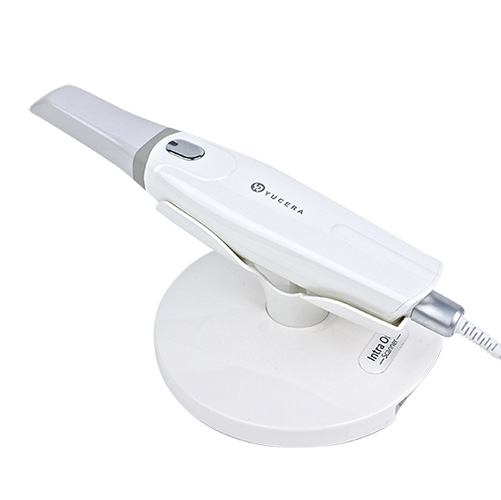
High-precision 3D scanning, AI calibration, full-arch accuracy.
learn more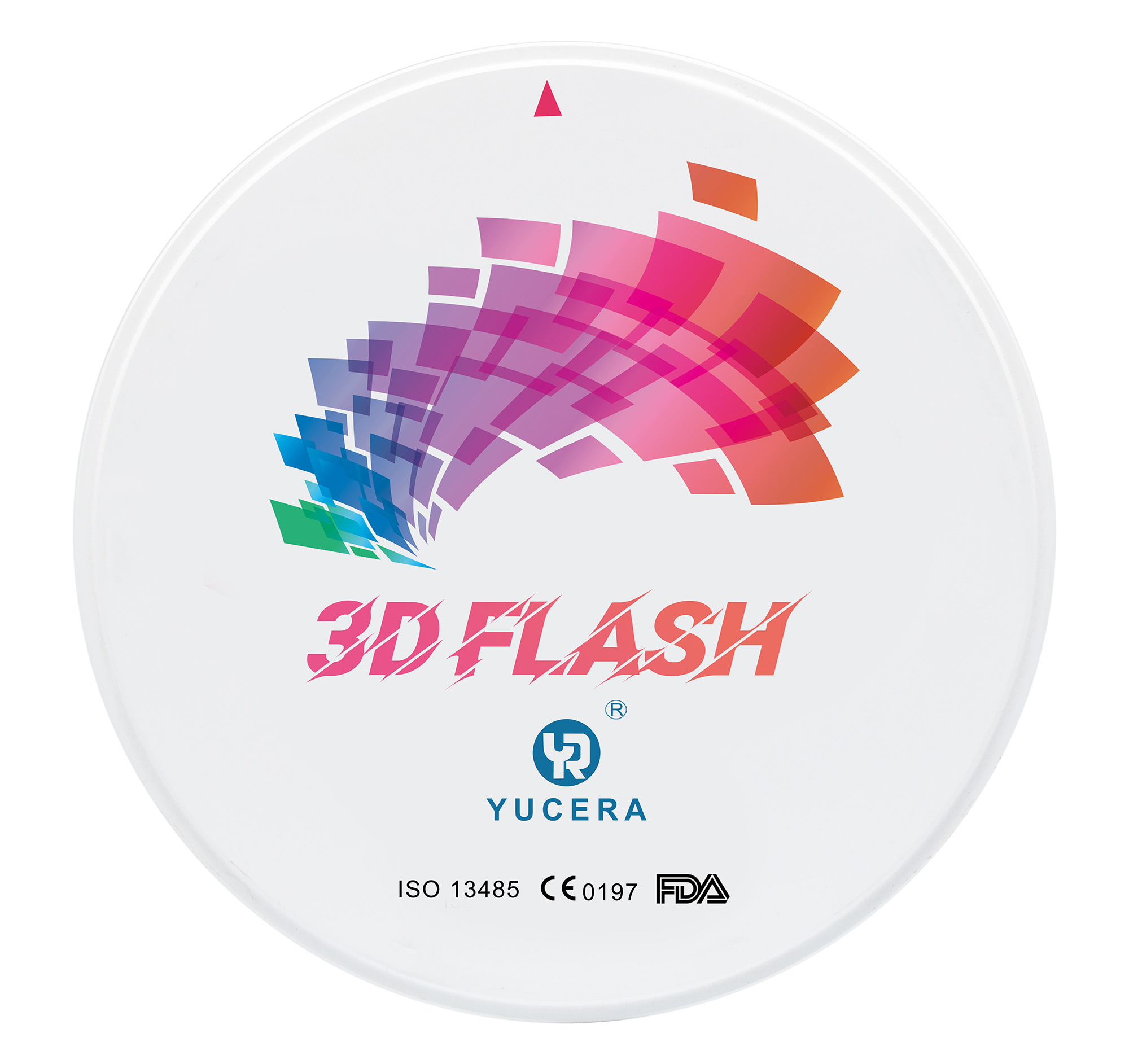
40-min full sintering with 57% incisal translucency and 1050 MPa strength.
learn more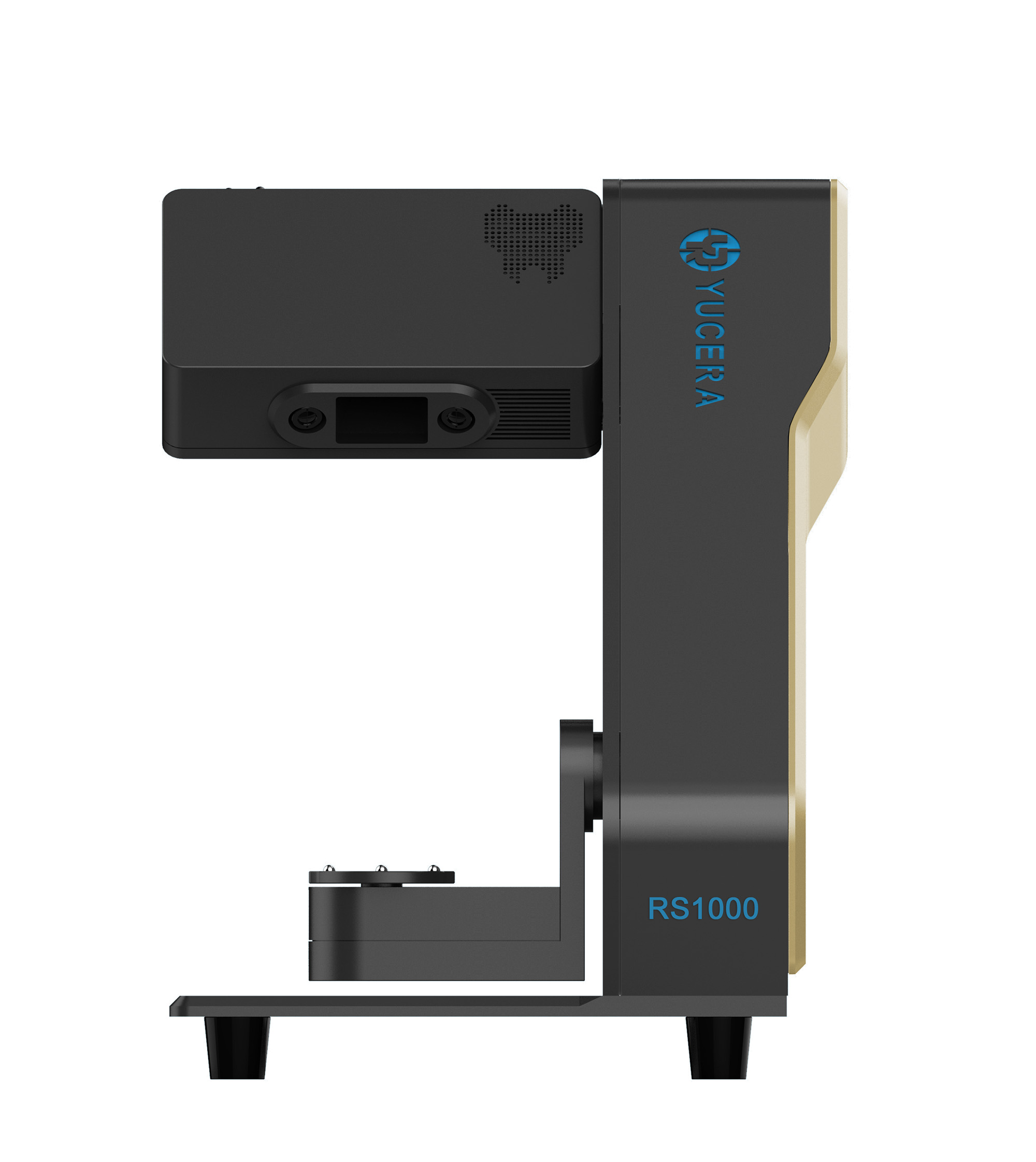
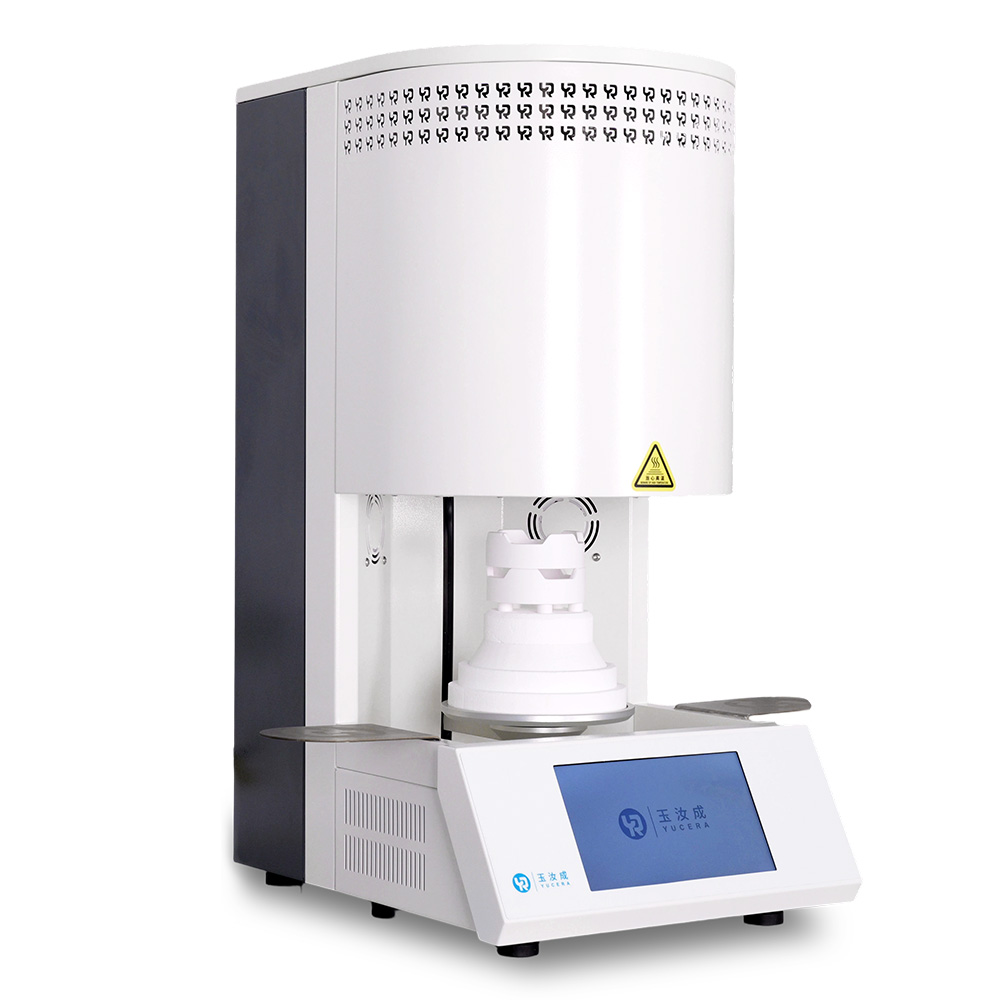
40-min cycle for 60 crowns, dual-layer crucible and 200°C/min heating.
learn more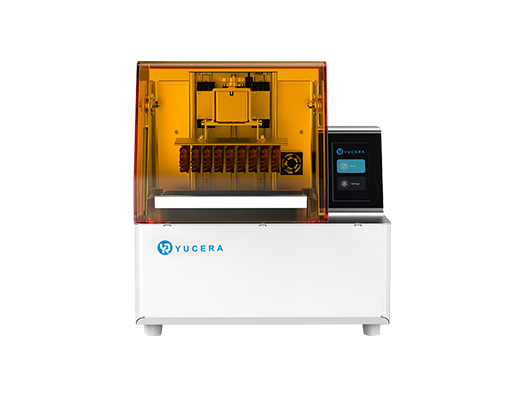
High-speed LCD printer for guides, temporaries, models with 8K resolution.
learn more